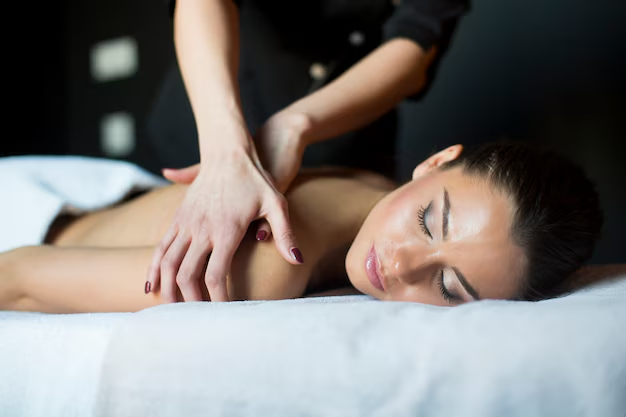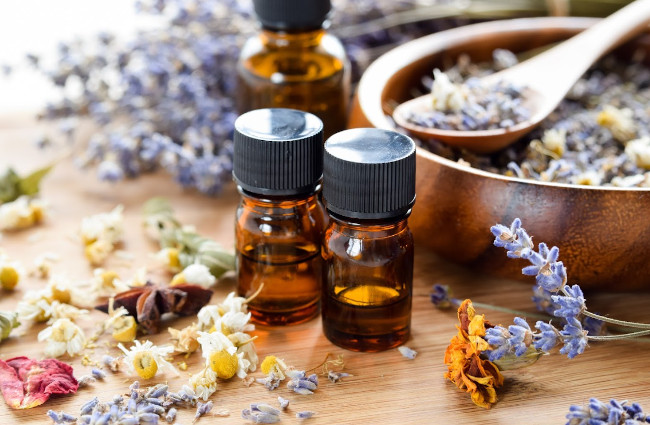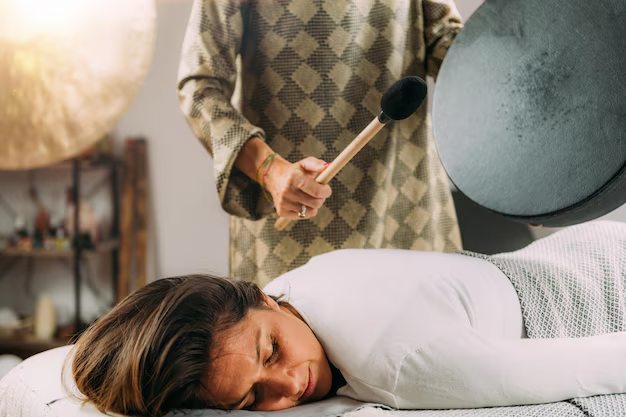Discover Your Perfect Healer Today!
Our online practitioner directory connects you with a wide range of healers to suit your unique needs.
Easily search and find the right professional to support your wellness journey.
Start exploring today to find your perfect match.
Modality
Disease
Books
Products
Events
Training
Blogs
Massage therapy
How Massage Therapy Enhances Physical Fitness?
Did you ever think about how a massage could increase your physical fitness? While you may view them as indulgent or stress-relieving after a long ...
Read More → Written by
James Williams
Aromatherapy
Aromatherapy: Enhancing Mental Health Naturally
Aromatherapy is an old practice that uses essential oils from plants to improve mental health. This blog post explores how well it works in reducing ...
Read More → Written by
James Williams
Ayurveda
Meat in Ayurveda: Is It Recommended
Ayurveda, an ancient healing system, is renowned worldwide for its natural approach to health and wellness. A lot of people who use this medicine system ...
Read More → Written by
Michael Johnson
Supporting Page
Debunking Common Myths and Misunderstandings About Yoga
With the history that stretches back into the ropes of tradition, it is not a surprise that yoga is surrounded by many misconceptions and misunderstandings. ...
Read More → Written by
Michael Johnson
Acupuncture
Scientific Insights: What Does the Research Say About Acupuncture?
Acupuncture, a foundation of Chinese medicine, has been a part of medical care in East Asia for at least 2,500 years. Although often described as ...
Read More → Written by
David Brown
Sound Healing
The Cost of Sound Healing: Understanding Your Financial Investment
Sound healing presents various mental and emotional benefits. However, the price remains entirely different when location, practitioner experience, or session type is being considered. The ...
Read More → Written by
Michael Johnson






